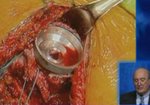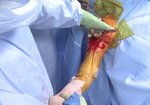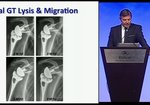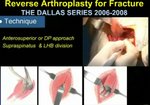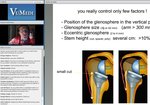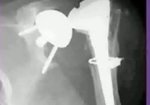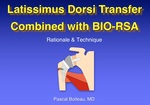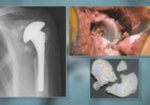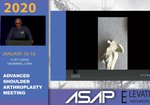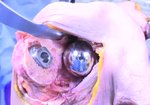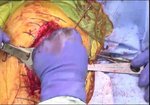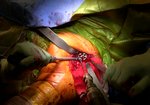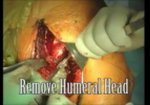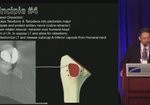Video Player is loading.
Current Time 0:00
/
Duration 0:00
Loaded: 0%
Stream Type LIVE
Remaining Time -0:00
1x
- 0.5x
- 0.75x
- 1x, selected
- 1.25x
- 1.5x
- 1.75x
- 2x
- Chapters
- descriptions off, selected
- captions settings, opens captions settings dialog
- captions off, selected
This is a modal window.
Beginning of dialog window. Escape will cancel and close the window.
End of dialog window.
10 seconds
Playback speed
This is a modal window. This modal can be closed by pressing the Escape key or activating the close button.
The Metaphyseal Centering Technique (Reverse Shoulder Replacement Arthroplasty)
372 views
June 28, 2022
The Metaphyseal Centering Technique (MCT) is a prosthesis-specific method is presented for orienting a reverse ...
read more ↘ shoulder humeral component (AltiVate Reverse, Enovis, Austin, TX). With the MCT, priority is given to the positioning of the shell portion of the prosthesis over that of the stemmed portion during bone preparation. To ensure that a centralized shell position is achieved within the proximal humerus bone in patients with extreme posterior and medial offset measurement values, the stem portion of the humeral prosthesis is sometimes purposely undersized and positioned eccentrically within the humeral diaphysis. Bone autograft is used in such cases to improve the fit and fixation of the stem within the humeral canal. The metaphyseal-centering technique facilitates: (1) consistent positioning of the shell portion of the humeral prosthesis relative to the center of rotation of the humeral head, and (2) conversion from a standard to a reverse prosthesis, or vice versa, during revision surgery without the need for stem removal or alteration of the humerus bone.
↖ read less
read more ↘ shoulder humeral component (AltiVate Reverse, Enovis, Austin, TX). With the MCT, priority is given to the positioning of the shell portion of the prosthesis over that of the stemmed portion during bone preparation. To ensure that a centralized shell position is achieved within the proximal humerus bone in patients with extreme posterior and medial offset measurement values, the stem portion of the humeral prosthesis is sometimes purposely undersized and positioned eccentrically within the humeral diaphysis. Bone autograft is used in such cases to improve the fit and fixation of the stem within the humeral canal. The metaphyseal-centering technique facilitates: (1) consistent positioning of the shell portion of the humeral prosthesis relative to the center of rotation of the humeral head, and (2) conversion from a standard to a reverse prosthesis, or vice versa, during revision surgery without the need for stem removal or alteration of the humerus bone.
↖ read less
Comments 1
Login to view comments.
Click here to Login

